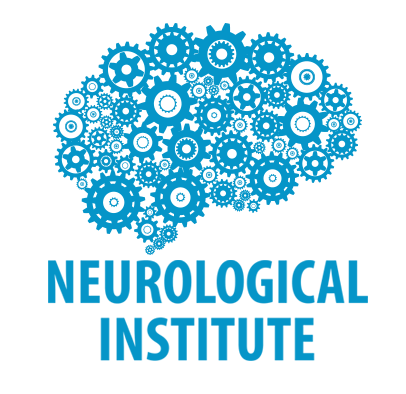Interventional Neurology
The specialty of neurology encompasses a wide range of disorders that affect the body's nervous system, which includes diseases of the brain, spinal cord, nerves, and muscles.
At CHI Health Clinic, our team of board-certified neurologists are highly trained to treat common, yet complex neurological cases such as strokes, epilepsy (seizures), headaches, dementias (Alzheimer's disease), multiple sclerosis, Parkinson's disease, and various forms of pain. We understand how life-changing neurological disorders can be for patients and their families.
Our team of physicians, nurses, technologists and other staff members share the common goal of providing customized care to the needs of each patient and his or her family. Each of our skilled, broadly trained neurologists welcomes all referrals to help you and your loved ones.
Interventional Neurology is a subspecialty within Neurology. It uses catheters and radiology to diagnose and treat various conditions and diseases of the central nervous system using minimally invasive neurosurgical techniques.
The central nervous system is made up of the brain and the spinal cord. Interventional Neurology uses tools that pass through the blood vessels to diagnose and treat diseases and conditions rather than using open surgery. These physicians use advanced radiology imaging and 3D technology to help them see and treat the part of the body for diagnosis and treatment.
These Diseases and Conditions Can be Treated by Interventional Neurologists Using Minimally Invasive Surgical Techniques:
- Brain and Spinal Vascular Malformations
- Cerebral Aneurysm – Bulging, weakening of an artery supplying blood to the brain
- Extracranial & Intracranial Atherosclerosis – Hardening of arteries that supply blood to the head and neck
- Head and Neck Tumors
- Neck Lesions
- Severe Nosebleeds
- Stroke/Blood Clot in the Brain
- Subarachnoid Hemorrhage (SAH) – Bleeding/bursting of a blood vessel in the brain
Techniques Used:
- Angioplasty – Procedure that looks at how blood is flowing in the neck and brain vessels to determine whether the vessels are diseased, narrowed, enlarged or blocked
- Coil Embolization – Insertion of a very thin wire (coil) to block blood flow to an area
- Embolectomy – Removal of a blood clot that caused the stroke
- Stenting – Insertion of a balloon and/or tiny metal tube (stent) to open a narrowed vessel/artery
- Thrombectomy - threading a catheter through an artery in the patient’s groin to the blocked artery in the brain. A device at the end of the catheter attaches to the clot; the neurologist removes the trapped clot and blood flow to the brain resumes within minutes. Brain cells are no longer deprived of oxygen.

Are you at risk for a stroke?
Find out where you stand using our comprehensive Stroke Risk Assessment. Get personalized feedback about your health in regards to common factors that can contribute to a stroke.
